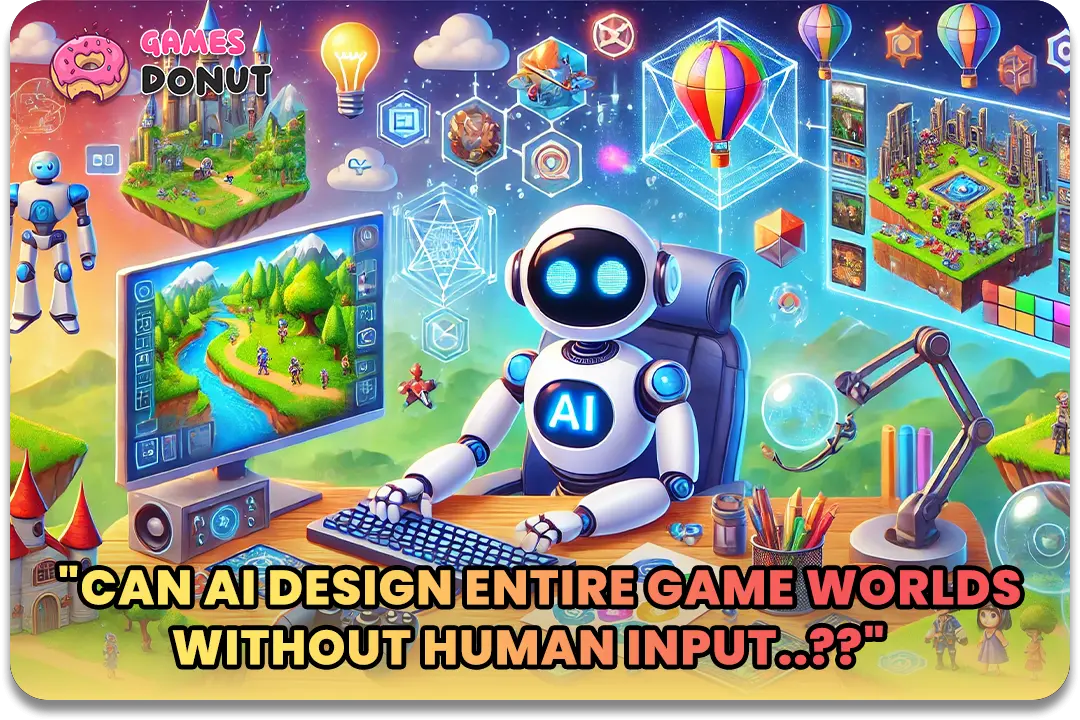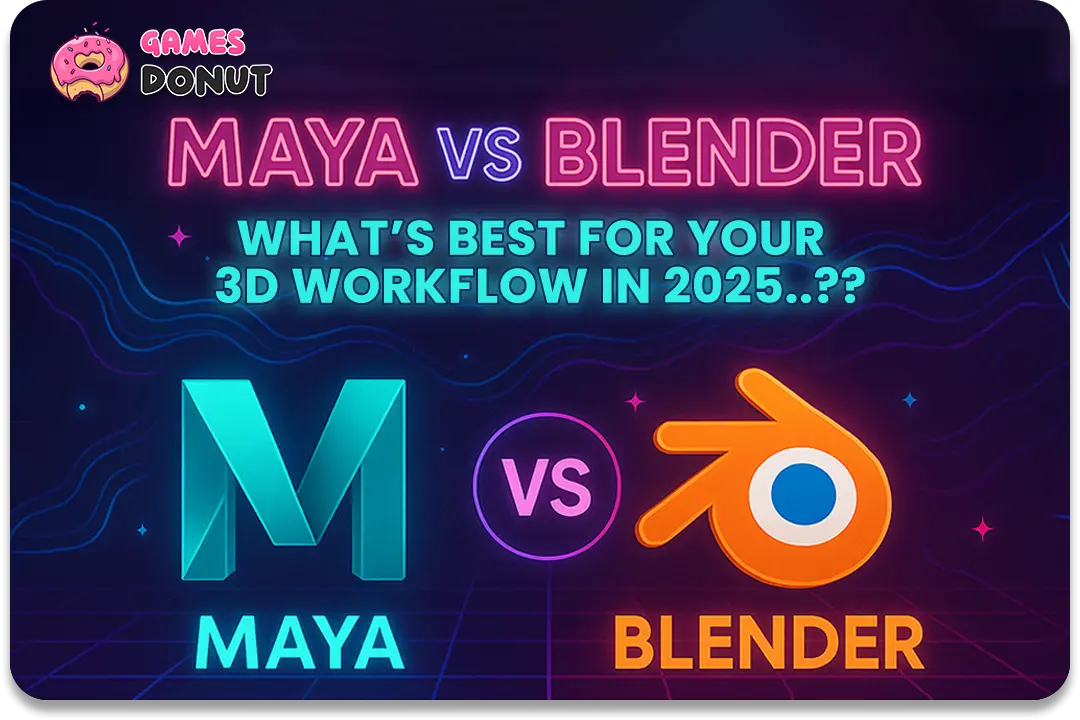Mobile gaming has grown from simple time-pass entertainment into a dynamic, billion-dollar industry. Over the years, it has witnessed a transformation in its design, technology, and player engagement strategies. Let’s take a deep dive into comparing the classic and modern eras of mobile gaming, exploring how both have defined and redefined the industry.
The Classic Era: Where It All Began
The classic mobile gaming era (1990s–2000s) introduced the world to gaming on the go. With limited hardware capabilities and simple designs, this era relied heavily on creativity to deliver engaging experiences.
1. Iconic Gameplay Mechanics
Classic games were renowned for their simplicity. Titles like Snake, Tetris, and Space Impact offered intuitive controls and endless replayability.
- Example: Snake, bundled with early Nokia phones, was a sensation due to its addictive yet straightforward gameplay. It relied purely on skill and reflexes, offering an experience that was easy to pick up but hard to master.
- Players didn’t require tutorials, as the design made the objectives clear in seconds.
2. Offline Gaming
The absence of online connectivity in early mobile devices meant games were tailored for offline play. These games were small in size and quick to load, catering to people who needed brief entertainment during commutes or breaks.
3. Limited Graphics and Sound
Visuals in classic mobile games were pixelated and monochromatic, often restricted by hardware limitations. Audio was minimal, with beeps and buzzes providing feedback. Despite this, games like Bounce and Brick Breaker created immersive experiences through clever design choices.
The Modern Era: A New Dawn in Mobile Gaming
The modern era, driven by powerful smartphones and advanced internet connectivity, has redefined what mobile gaming can achieve. Today’s games rival console and PC titles in terms of graphics, complexity, and player engagement.
1. Cutting-Edge Graphics
Modern mobile games like Genshin Impact, Call of Duty: Mobile, and PUBG Mobile offer console-quality graphics with detailed textures, advanced lighting effects, and realistic animations.
- The rise of GPUs in smartphones has enabled developers to incorporate 3D environments and complex physics.
- Augmented Reality (AR) and ray-tracing technologies are now entering the mobile gaming scene, blurring the line between virtual and real.
2. Expansive Online Multiplayer
Unlike classic games that focused on solitary play, modern games emphasize social experiences. Online multiplayer modes allow gamers to compete and cooperate with others globally. Titles like Clash Royale and Among Us have thrived by building communities around their games.
- Features like leaderboards, clans, and live events foster deeper engagement.
- Cloud gaming services, like Xbox Cloud Gaming and Google Stadia, now bring multiplayer experiences to mobile screens without the need for downloads.
3. Diverse Genres and Storylines
Modern mobile gaming offers a wide range of genres, from hyper-casual puzzle games to open-world RPGs. Players can explore complex narratives, intricate puzzles, or fast-paced battles.
- Narrative-rich games: Titles like Life Is Strange on mobile focus on storytelling, bringing cinematic experiences to gamers’ fingertips.
- Educational games, fitness-based games, and simulation games also highlight the versatility of today’s mobile gaming ecosystem.
4. Monetization Revolution
The financial model of mobile gaming has undergone significant changes. The classic era relied on one-time purchases, while modern games have embraced free-to-play (F2P) models with in-app purchases, ads, and subscriptions.
- Games like Candy Crush Saga and Fortnite generate billions through microtransactions, allowing developers to continuously add content and updates.
Bridging the Gap Between Classic and Modern
The transition from classic to modern mobile gaming wasn’t sudden—it involved years of innovation and player adaptation. Several elements have acted as bridges between these two distinct eras:
1. Nostalgia with a Twist
Classic games are often revived with modern features to appeal to new and old audiences alike.
- Tetris Royale modernized the classic Tetris with a battle royale mode, combining nostalgia with a competitive edge.
- Snake.io transformed the simple gameplay of Snake into an online multiplayer experience.
2. Cross-Platform Integration
Modern games increasingly offer cross-platform play, allowing players to switch seamlessly between mobile, PC, and consoles. This innovation highlights how mobile gaming is no longer a standalone category but an integral part of the gaming ecosystem.
Challenges and Opportunities
Both classic and modern eras have faced unique challenges. Classic games were limited by hardware capabilities, while modern games grapple with high development costs, data privacy issues, and fierce competition. Despite these challenges, mobile gaming continues to grow, offering immense opportunities for developers and players alike.
Conclusion : A Tale of Two Generations
Classic and modern mobile gaming eras may seem worlds apart, but they share a common goal: to entertain and engage players. The classics laid the foundation for mobile gaming with their simplicity and accessibility, while modern games have expanded the possibilities with advanced technology and innovation.
Both eras have their unique charm, reminding us how far mobile gaming has come and hinting at an exciting future where new technologies like AR, VR, and AI will push boundaries even further. Whether you’re a fan of the nostalgic simplicity of Snake or the immersive worlds of Genshin Impact, mobile gaming offers something for everyone.




